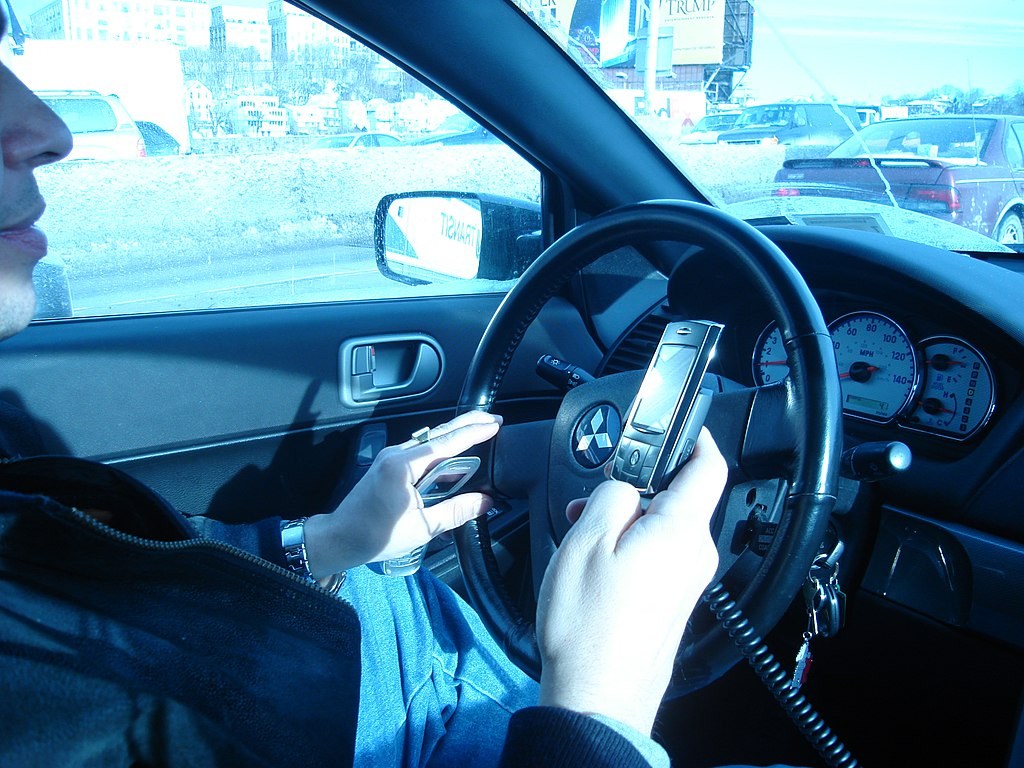The traffic institute Vias has called for the introduction of a new generation of cameras that can tell if a motorist is using their phone while driving.
The cameras are currently being tested by police in Antwerp, but more general use would require an amendment to the law, Vias said.
Every year about 30 deaths and 2,500 injuries are caused in rod accidents caused by motorists using their mobile phones while driving, and without using any hands-free function. In addition, police write about 100,000 tickets for drivers not involved in an accident.
But tackling the problem involves catching motorists in the act, which happens more by chance than by design. The slim chance of ever being caught means the law has little effect.
For the last few week, Vias has been running a test on roads in Antwerp to detect phone use automatically. The system takes several photographs of a passing car – one through the windscreen and driver’s window and one of the number plate.
The system is equipped with AI which selects those photos where the driver appears to be holding a phone, discarding the others. Human officers then go over the photos selected by the computer to decide if there is evidence of an offence.
“During the test, the system turned out to be very accurate,” Vias said. “If minor legislative changes are made, the system could also be used in Belgium.”
The legislative amendment would be required because the law at present states that it is an offence to use a telephone in the hand while driving. But there are other devices that could be used other than a mobile phone – a tablet for example.
On the matter of privacy, the institute explains that only police have access to the information collected by the system.
“The system immediately erases all images of drivers who are not using their mobile phone. All faces of the passengers are also immediately made unrecognisable. The software ensures that the police only see the photos where the system suspects an infringement.”
The system is not yet connected to the Automatic Number Plate Recognition system (ANPR) which would make it possible to identify the vehicle of an offender immediately. That step would come if and when the system is introduced more widely.
“With this technology based on artificial intelligence, the police can better enforce dangerous behaviour in the future,” Vias said. “As a result, drivers will have to change their behaviour and many deaths and injuries can be avoided.”
At present a system for detecting GSM users is operating in only two countries: Australia and the Netherlands.
Alan Hope
The Brussels Times

